ZURICH, Switzerland: Clinical evidence has established dental implants as a great treatment option to replace missing teeth. However, even with the high success rates reported, like in every medical technique, there are possibilities of biological complications that may lead to implant failure, necessitating the removal of the implant. A recent study by the University of Zurich has revisited the reasons for implant failure and compared different techniques used for implant removal.
A literature search identified 28 studies, conducted up to 2018, that had assessed implant failures, removal techniques and the reinsertion of implants in a previously failed site.
The researchers classified the factors for implant failures into different categories. Peri-implantitis and inability to attain or maintain osseointegration were included under biological factors. Mechanical factors included implant fractures. Bone overheating, site contamination and malpositioning etc. were grouped under iatrogenic errors. Prosthesis design and functional overload were categorised as functional reasons.
The study showed that an early implant failure is typically caused by deficient osseointegration - either the lack of attaining it or maintaining it, or by bone overheating or site contamination. Late implant failures are caused by implant fractures, malpositioned implants and progressive peri-implantitis. To date, peri‐implantitis remains the main reason for late implant failures (81.9%). Early implant failure results in implants that are generally mobile and easy to remove. Late implant failure means the implants can be at least partially osseointegrated in the apical region. Most late failing implants are not mobile and, therefore, are more difficult to remove.
For implant removal techniques, the study compared tooth extraction set, trephine burs, piezo-surgery, laser surgery, the counter-torque ratchet technique (CTRT) and electrosurgery. The study found trephine burs to be the best-known method for implant removal. However, the study recommended that the CTRT method, alone or combined, should be the first choice for the removal of implants because of its low invasiveness.
Furthermore, the researchers studied the survival rates of implants placed in the previously failed sites, which was, irrespective of early or late failure, in the range of 71–100% over five years.
Little data is available regarding zirconia implant removal. The unique physical properties of Zirconia make it necessary to use a different approach for the removal of zirconia implants as compared to titanium implants.
“If removal is required, interventions should be based on considerations regarding minimally invasive access and management as well as predictable healing. (Post)Operative considerations should primarily depend on the defect type and the consecutive implantation plans,” concluded the authors in their paper.
The study, titled “Removal of failed dental implants revisited: Questions and answers”, was published online in Clinical and Experimental Dental Research on 21 August 2019, ahead of inclusion in an issue.
Tags:
BUDAPEST, Hungary: Studies have shown that the implant surface roughness influences the degree of biological integration and success rates of dental ...
The World Implant Expo (WIE) 2023— a global event designed by pioneers in implantology, brought implantologists together to help them improve their skills...
With the findings from earlier studies being controversial, and the only two systematic reviews ever conducted being inconclusive, this topic was a big ...
Dynamic navigation delivers superior accuracy and safety in maxillary implant placement. A recently published split-mouth study shows marked reduction in ...
SEOUL, South Korea: Dental implants are a key treatment for tooth loss, but can cause a variety of complications. One such complication is osteonecrosis, ...
This article illustrates a case where an implant was placed immediately after extraction using the Socket Shield Technique. Retaining the buccal fragment of...
Implant study group (ISG) reached another milestone with the graduation of its 35th batch. For over 15 years, Dr. Girish Rao and Dr. Anandakrishna GN, ...
Leuven, Belgium: As digital dentistry continues to evolve, artificial intelligence (AI) is stepping into roles once thought to require exclusively human ...
Dental implants are aesthetic and essential for replacing missing or highly infected teeth in diabetic or non-diabetic patients. On the contrary, dental ...
The currently available SARS-CoV-2 antibody tests with their traditional serological approaches just tell us - yes or no, which has resulted in an ...
Live webinar
Wed. 14 January 2026
10:30 pm IST (New Delhi)
Dr. Théo Laplane, Dr. Robert Gottlander DDS
Live webinar
Fri. 16 January 2026
10:30 pm IST (New Delhi)
Live webinar
Mon. 19 January 2026
11:30 pm IST (New Delhi)
Philipp Kopp, Michael Seeber
Live webinar
Thu. 22 January 2026
7:30 pm IST (New Delhi)
Prof. Judith Jones D.D.S; M.P.H., Prof. Kakuhiro Fukai D.D.S., Ph.D, Dr. Bathsheba (Bethy) Turton
Live webinar
Fri. 23 January 2026
12:30 am IST (New Delhi)
Dr. Nicola M. Grande DDS, PhD
Live webinar
Wed. 28 January 2026
6:30 pm IST (New Delhi)
Live webinar
Wed. 28 January 2026
9:30 pm IST (New Delhi)
Prof. Dr. Jan-Frederik Güth



 Austria / Österreich
Austria / Österreich
 Bosnia and Herzegovina / Босна и Херцеговина
Bosnia and Herzegovina / Босна и Херцеговина
 Bulgaria / България
Bulgaria / България
 Croatia / Hrvatska
Croatia / Hrvatska
 Czech Republic & Slovakia / Česká republika & Slovensko
Czech Republic & Slovakia / Česká republika & Slovensko
 France / France
France / France
 Germany / Deutschland
Germany / Deutschland
 Greece / ΕΛΛΑΔΑ
Greece / ΕΛΛΑΔΑ
 Hungary / Hungary
Hungary / Hungary
 Italy / Italia
Italy / Italia
 Netherlands / Nederland
Netherlands / Nederland
 Nordic / Nordic
Nordic / Nordic
 Poland / Polska
Poland / Polska
 Portugal / Portugal
Portugal / Portugal
 Romania & Moldova / România & Moldova
Romania & Moldova / România & Moldova
 Slovenia / Slovenija
Slovenia / Slovenija
 Serbia & Montenegro / Србија и Црна Гора
Serbia & Montenegro / Србија и Црна Гора
 Spain / España
Spain / España
 Switzerland / Schweiz
Switzerland / Schweiz
 Turkey / Türkiye
Turkey / Türkiye
 UK & Ireland / UK & Ireland
UK & Ireland / UK & Ireland
 International / International
International / International
 Brazil / Brasil
Brazil / Brasil
 Canada / Canada
Canada / Canada
 Latin America / Latinoamérica
Latin America / Latinoamérica
 USA / USA
USA / USA
 China / 中国
China / 中国
 Pakistan / Pākistān
Pakistan / Pākistān
 Vietnam / Việt Nam
Vietnam / Việt Nam
 ASEAN / ASEAN
ASEAN / ASEAN
 Israel / מְדִינַת יִשְׂרָאֵל
Israel / מְדִינַת יִשְׂרָאֵל
 Algeria, Morocco & Tunisia / الجزائر والمغرب وتونس
Algeria, Morocco & Tunisia / الجزائر والمغرب وتونس
 Middle East / Middle East
Middle East / Middle East
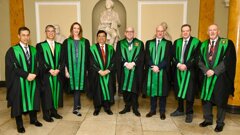
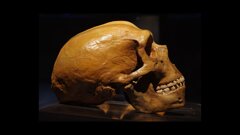

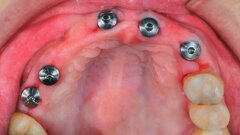


























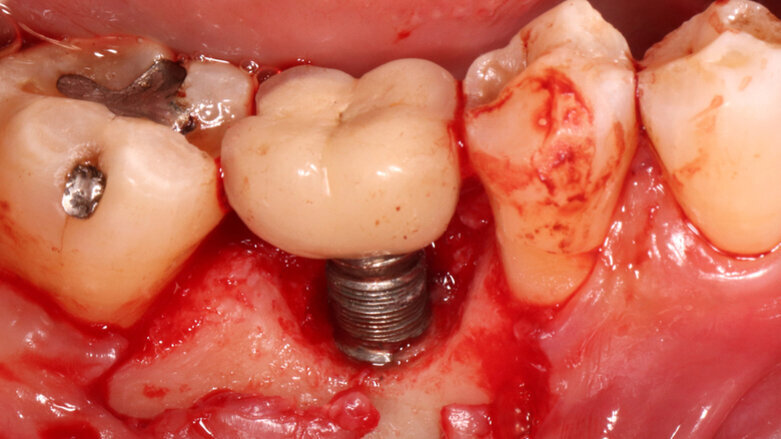



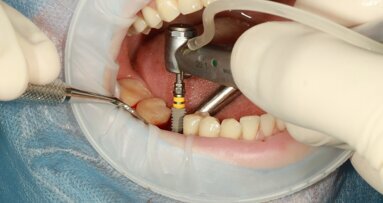
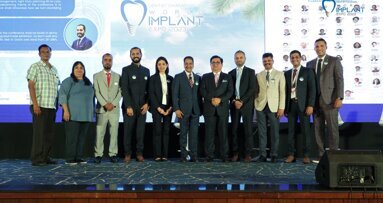


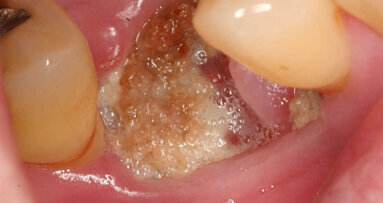
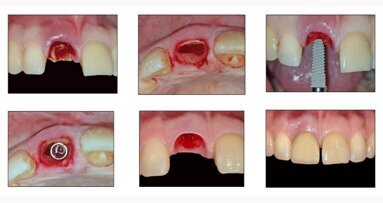
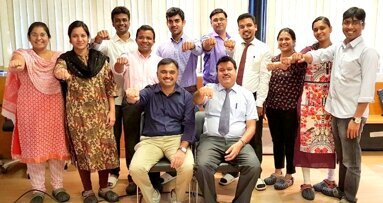
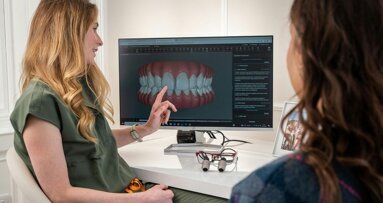
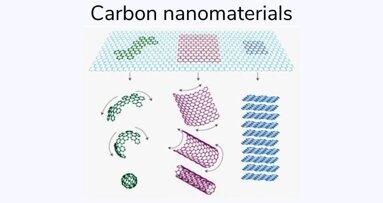
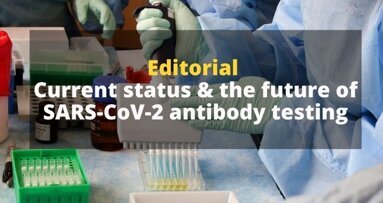

















To post a reply please login or register